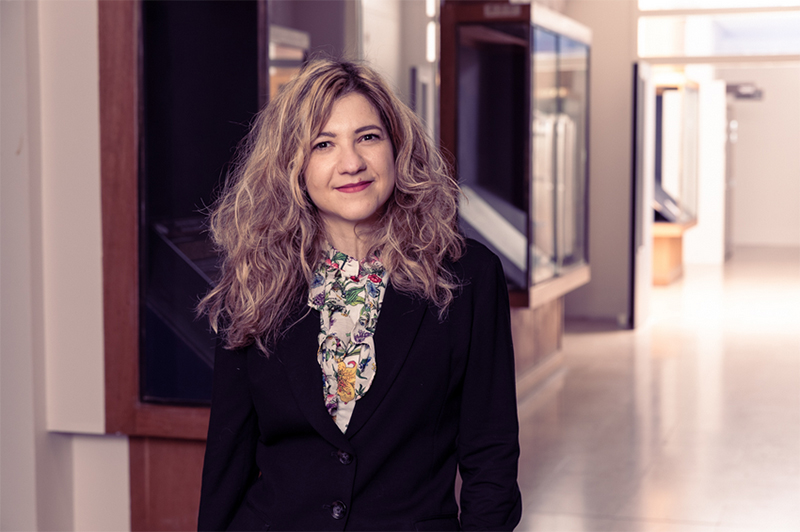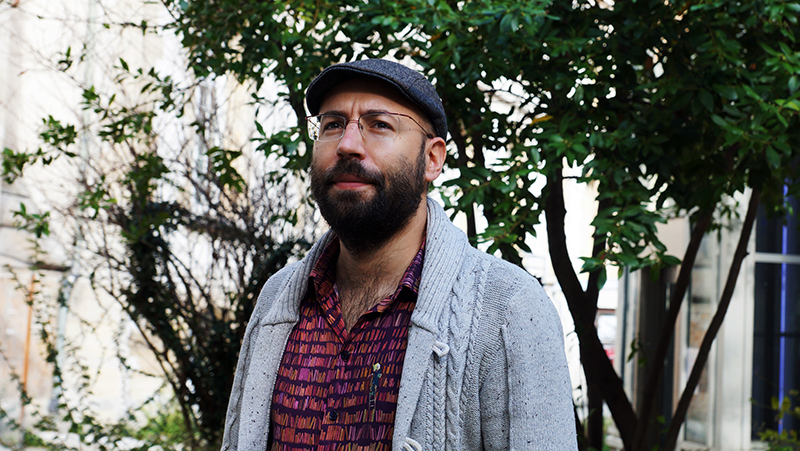Value-driven modulation of perception and choice
Reward signals can not only act as an incentive to invigorate actions and guide value-based decisions, but can also modulate the earliest stages of sensory perception. I will present the results of our recent studies examining the value-driven modulation of behavioral and neural responses across these three axes. The key question that we are trying to answer is how specific features of reward signals; such as their level of awareness, their sensory modality and their task contingency; impact on value-driven effects.





